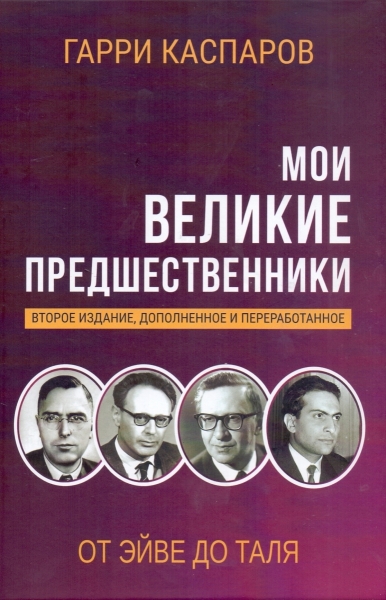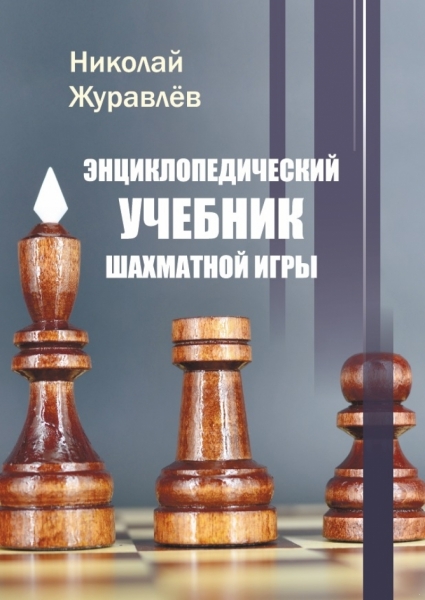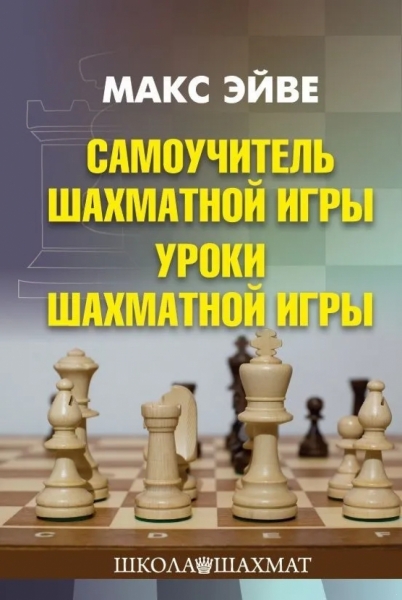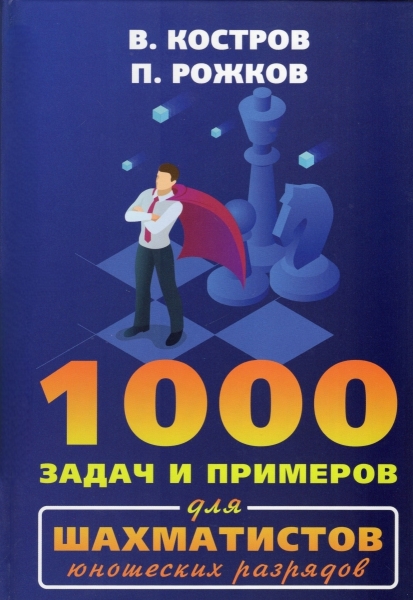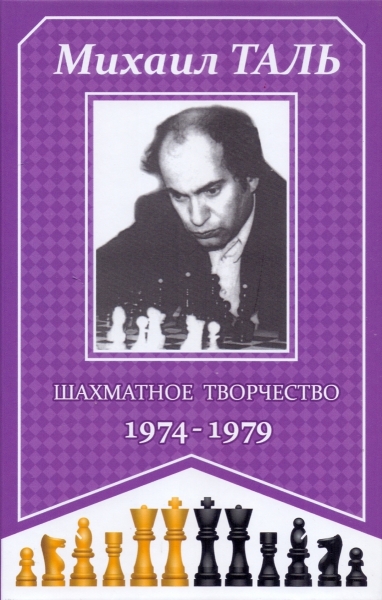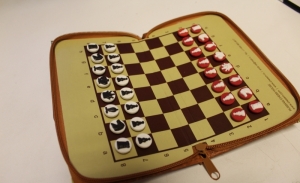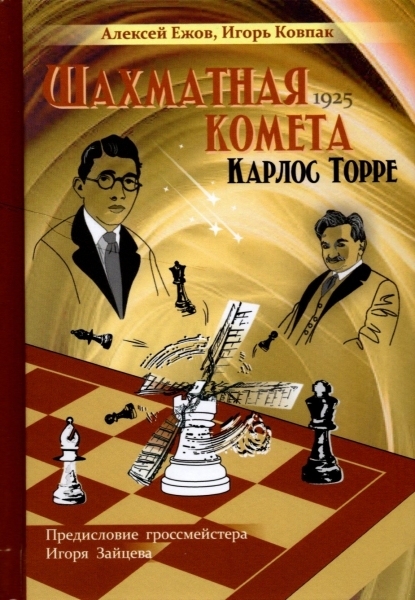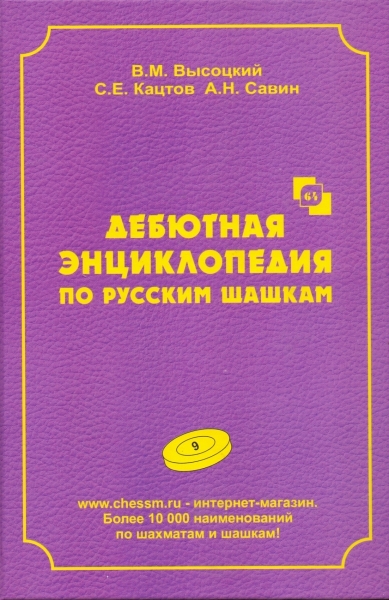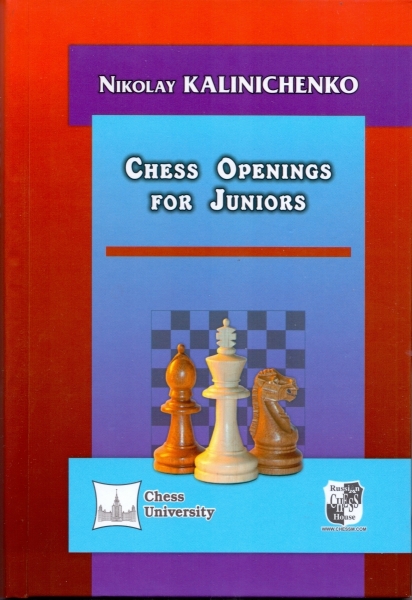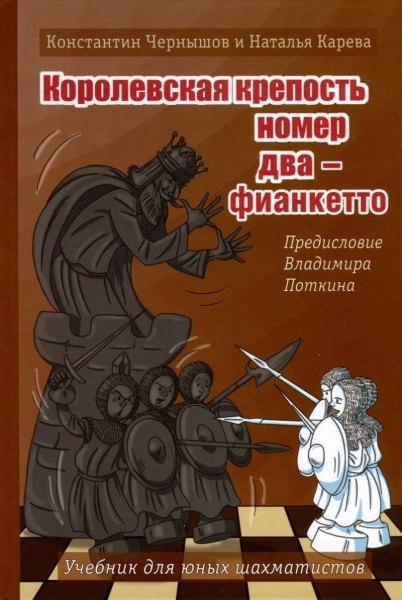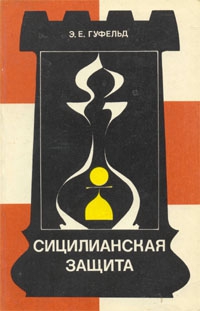Debut theory
-
10.02 $
(на нем.яз.). В отличие от известных дебютных справочников, упор сделан на прокомментированные партии автора (все - черными!).
-
6.22 $
Откровенный репортаж из лаборатории гроссмейстера. Эта необычная по построению книга рассказывает и о дебюте, и о миттельшпиле, и об эндшпиле, и о психологии шахматной борьбы.Предисл. М.Таля. В этой книге один из сильнейших гроссмейстеров мира раскрывает методы своей работы на различных моментах шахматной партии: во время подготовки к встрече с конкретным соперником, в процессе анализа над отложенными позициями. В этой же книге автор рассказывает историю возникновения одного из построений в сицилианской защите, названную в честь автора «вариантом Полугаевского». В целом труд раскрывает лабораторию шахматиста. Книга рассчитана на шахматистов высокой квалификации.
-
(на нем.яз.). Раньше считалась Библией (почти 600 стр.). До сих пор ценна исследованиями редких вариантов.
-
-
(на сербохорв.яз.). Разбор вариантов Алапина, Болеславского, Раузера, Созина и др.
-
-
80-е гг., нем. яз., тв. перепл., суперобл.
-
12.41 $
Монография международного гроссмейстера, заслуженного тренера СССР, посвящена одному из самых сложных вариантов сицилианской защиты, оценки которого постоянно меняются. Исследование сопровождается наиболее яркими партиями. Рассчитана на квалифицированных шахматистов.
-
 Antique pre-revolutionary wooden chess
187.50 $
Antique pre-revolutionary wooden chess
187.50 $
-
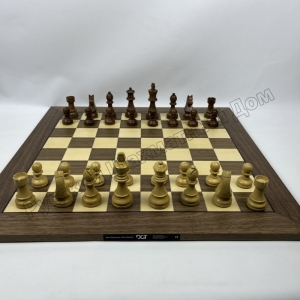 DGT Timeless Wooden Chess Set Handcrafted with Non-Folding Board
600.00 $
DGT Timeless Wooden Chess Set Handcrafted with Non-Folding Board
600.00 $
-
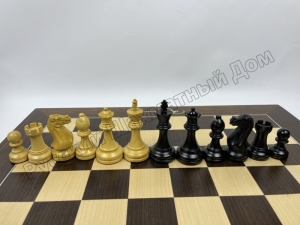 DGT Judit Polgar Set of Figures in a Box with a fixed Board (Judit Polgar)
812.50 $
DGT Judit Polgar Set of Figures in a Box with a fixed Board (Judit Polgar)
812.50 $
-
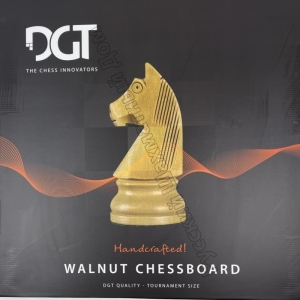 DGT Walnut Chess Board (55х55 cm)
300.00 $
DGT Walnut Chess Board (55х55 cm)
300.00 $
-
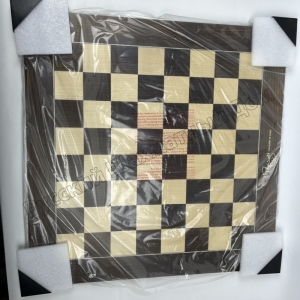 Judit Polgar Deluxe Wooden Chess Board (55х55 cm)
325.00 $
Judit Polgar Deluxe Wooden Chess Board (55х55 cm)
325.00 $
-
 Electronic chess clock DGT 2500
187.50 $
Electronic chess clock DGT 2500
187.50 $
-
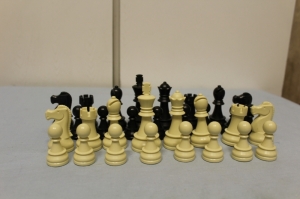 Plastic chess DGT with weighting agent.
40.00 $
Plastic chess DGT with weighting agent.
40.00 $
-
 Chess electronic clock DGT 1002 BONUS
82.50 $
Chess electronic clock DGT 1002 BONUS
82.50 $
-
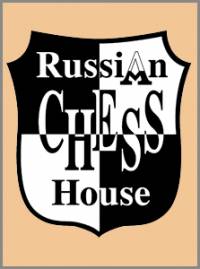 Chess clock DGT 3000 Limited Edition.
237.50 $
Chess clock DGT 3000 Limited Edition.
237.50 $
-
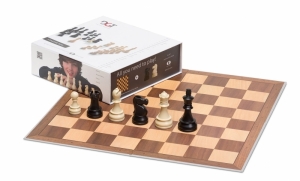 87.50 $
87.50 $
 Русский
Русский  Английский
Английский 